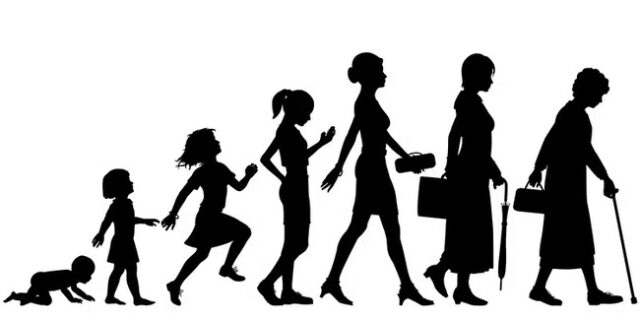
Aging is a complex process affecting our bodies and minds in various ways. While we often think of aging as a gradual, continuous decline, new research suggests that this process occurs in distinct bursts, particularly around the ages of 44 and 60. The study, published in Nature Aging, challenges the common perception that each year brings a uniform amount of aging. Instead, researchers found that during certain periods, particularly in midlife and early senior years, our bodies undergo significant shifts. These changes can manifest physically, such as in the development of arthritis, graying hair, and cognitive slowdowns, as well as on a molecular level, where alterations in RNA and microbial populations reveal the body’s response to aging.

The study, which involved 108 participants aged 25 to 75, monitored various biological samples to identify changes in 135,000 different molecules and microbes. The findings indicate that around age 44, and again around age 60, the body experiences intensified aging processes. Initially, researchers speculated that the changes at age 44 were linked to perimenopause in women, but the data showed that men also undergo significant changes during this period. These aging bursts could be influenced by lifestyle changes that often occur in middle age or the body’s decreasing ability to metabolize certain substances, like alcohol, as it ages. The study’s findings highlight the importance of understanding these critical periods in aging, as they may help improve health outcomes and provide new insights into how we can better manage the aging process.















